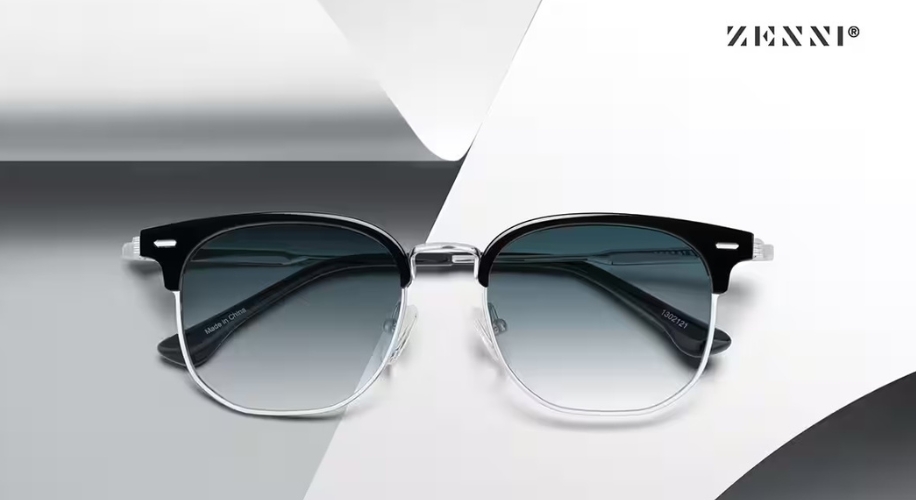Choosing the Best Lens for Your Sunglasses
When it comes to sunglasses, there’s more to them than just style—they’re your eyes’ best friend against the sun’s harsh rays. Whether you’re lounging at the beach or strolling through the city, finding the right pair can elevate both your look and eye protection. Let’s dive into the world of sunglasses and explore the benefits of different lens types: solid tint, gradient tint, polarized, and photochromic lenses.

Photo by Bruno Scramgnon
Benefits of Sunglasses
Sunglasses aren’t just a fashion statement; they play a crucial role in safeguarding your eye health. Here are some key benefits:
- UV Protection: Quality sunglasses block harmful UV rays, protecting your eyes from long-term damage such as cataracts and macular degeneration.
- Glare Reduction: They minimize glare from reflective surfaces like water, snow, and pavements, enhancing visibility and comfort.
- Comfort and Reduced Strain: Sunglasses reduce the strain on your eyes caused by bright sunlight, preventing headaches and fatigue.
- Enhanced Visual Clarity: Different lens types offer varying degrees of clarity and contrast, catering to different lighting conditions and activities.
Types of Lens Tints
Choosing the right lens tint depends on your lifestyle and the environments you frequent. Here’s a breakdown of the pros and cons of each type:
Solid Tint Lenses
- Pros: Solid tint lenses offer consistent shading throughout the lens, providing uniform protection against sunlight.
- Cons: They may not be suitable for varying light conditions as they maintain a constant level of darkness.
Gradient Tint Lenses
- Pros: Gradient lenses are darker at the top and lighter at the bottom, offering protection from overhead sunlight while allowing more light through the lower portion.
- Cons: Less effective for activities where overhead glare isn’t a primary concern.
Shop These Frames
Polarized Lenses
- Pros: Polarized lenses reduce glare from reflective surfaces, making them ideal for driving, water activities, and snow sports.
- Cons: They may affect visibility on LCD screens and may be more expensive than non-polarized options.
Photochromic Lenses
- Pros: Transitions lenses automatically adjust their tint based on the amount of sunlight, providing optimal visibility in various lighting conditions.
- Cons: They may take time to adjust to changing light conditions, and they may not darken significantly while driving (as car windows block UV light).
Shop These Frames
Selecting the right sunglasses isn’t just about style—it’s about safeguarding your eyes and enhancing your visual comfort. Whether you opt for solid tint, gradient tint, polarized, or photochromic lenses, each type offers unique benefits tailored to different lifestyles and lighting conditions. Discover your perfect pair today and step out with clarity and style!






 Canada
Canada